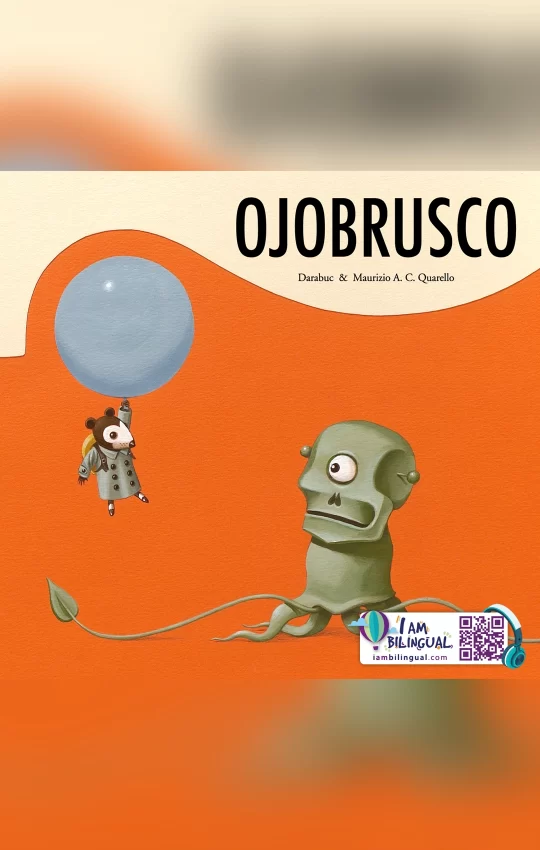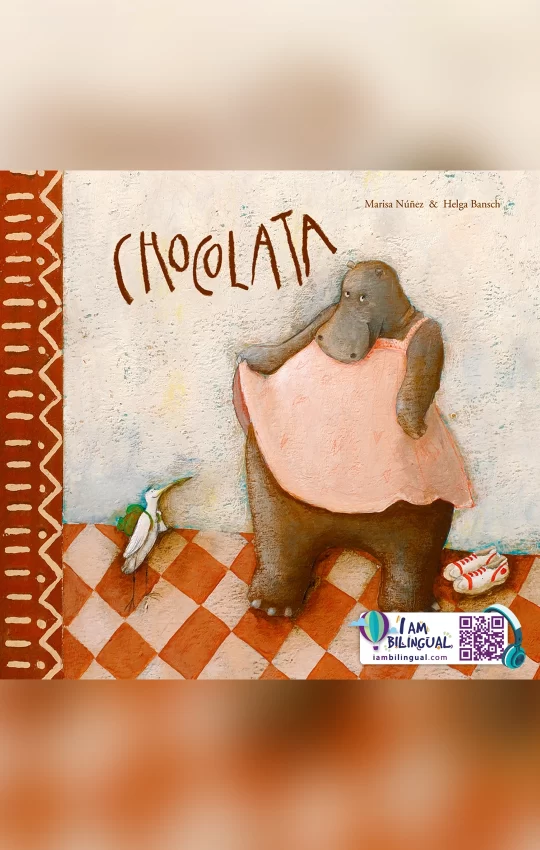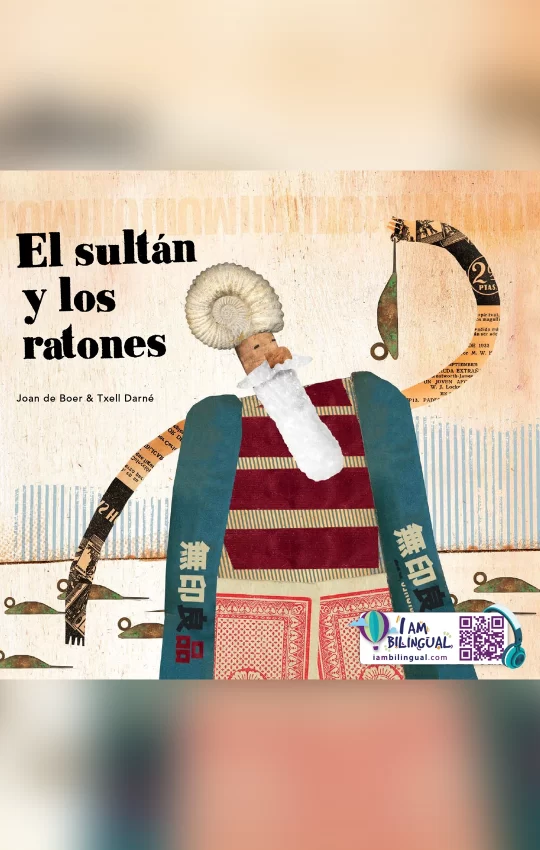Descripción
«Un Mundo de Cuentos para Ver (Spanish Edition)»
El cerdito más joven no tenía muchas ganas de trabajar e hizo, para resguardarse, una casa de paja. El mediano trabajó más y la hizo de madera, pero el mayor tuvo que trabajar mucho para construir una casa de ladrillo. Y cuando llegó el lobo y sopló y sopló… Fidelidad a la versión tradicional y discurso visual de gran dinamismo, basado en imágenes sencillas y divertidas se combinan en un álbum intemporal, para entender que las cosas cambian, las personas evolucionan y el crecimiento (combinado con esfuerzo, inteligencia y planificación racional) tiene muchas ventajas.
Visite Amazon para comprar su ejemplar.
Description in English: The youngest pig did not want to work very hard so he built a house out of straw to protect himself. The middle pig worked harder and made his out of wood, but the oldest pig decided to work hardest and build his house out of bricks. And when the wolf came and huffed and puffed… The Three Little Pigs is one of the best-known and most widely accepted classic children’s tales.
Bruno Bettelheim, in his psychoanalysis of fairy tales, highlights that both the symbols of the characters, as well as the actions they perform and the subsequent outcome, can be interpreted as metaphors for the process of growth and development of the personality. The child, according to Bettelheim, through identification with each of the three little pigs, learns in a simple way that people evolve and that growing up has great advantages. That is why it is the older pig, who finally defeats the enemy, combining effort, intelligence, and rational planning. The three little pigs symbolize the evolution and progress of the human being, from a state of immaturity to adulthood, when one learns to manage conflicts logically.
The child is the one who must draw their own conclusions. True to the well-known classic story, the book features simple and entertaining images, making the illustrations very easy to understand. Helga Bansch, once again, shows here clearly her empathy with the young reader, and plays with the expressiveness of the characters and with the small details to enrich each illustration and thus encourage us to open the book again and again.
#ColeccionesOQO #Cuentos #AmericanBookGroup #ABG #UnMundoDeCuentos #IAmBilingual






